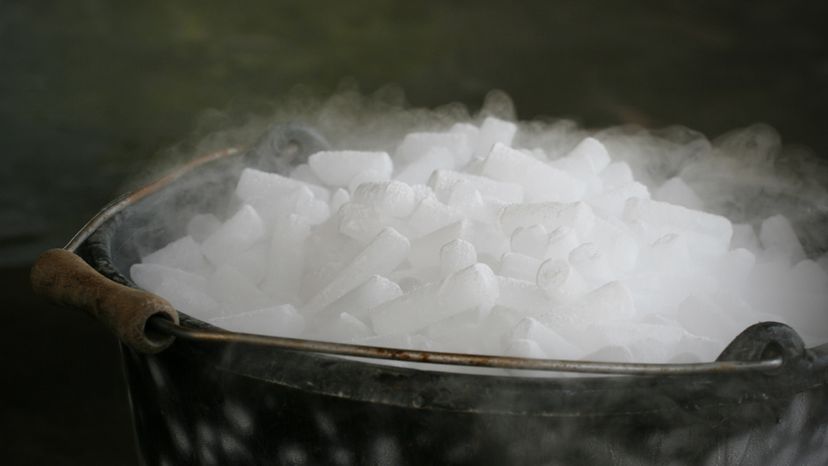
The winter season has its own share of snowball fights and icy sidewalks, but there's a different kind of cold that has intrigued science nerds and Halloween enthusiasts alike: dry ice. Have you ever wondered about the chilling aftermath of touching this nippy solid? Here are the frosty facts behind the dry ice burn and what it means for your skin.
Advertisement